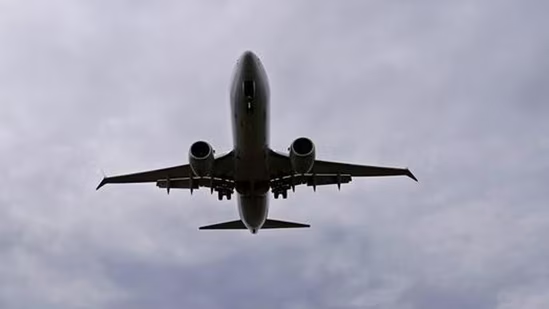Moscow, July 24 — In a devastating aviation disaster, Russian rescue teams have located the wreckage of an Antonov An-24 passenger aircraft that disappeared from radar while en route to Tynda, a town in Russia’s Amur region, which borders China. Early reports indicate that all 50 people on board are feared dead, according to Russian news agency TASS and the Ministry of Emergency Situations.
Details of the Crash
The ill-fated plane, operated by Angara Airlines, a regional carrier based in Siberia, was carrying 43 passengers — including five children — and six crew members. The aircraft was reportedly just a few kilometers away from Tynda Airport when it lost contact with air traffic control.
“An An-24 operated by Angara Airlines failed to make contact at a designated checkpoint a few kilometers from Tynda Airport,” a source told TASS.
Authorities confirmed that the aircraft dropped off radar screens during its approach, raising immediate concerns about a possible crash in the remote eastern region. A full-scale search and rescue operation was launched swiftly, involving aviation and ground teams.
Fuselage Located
On Thursday morning, Russian rescuers located the plane’s fuselage, confirming the worst fears. While official confirmation of fatalities is still awaited, early reports from emergency services suggest no survivors have been found so far.
The Ministry of Emergency Situations is coordinating ongoing recovery efforts, while investigators are working to determine the cause of the incident.
Official Response
Amur regional governor Vasily Orlov, in a message shared via his Telegram channel, said:
“All necessary forces and means have been deployed to search for the plane.”
He also offered condolences to the families of the passengers and crew on board, while assuring a thorough investigation into the cause of the tragedy.
About the Aircraft
The Antonov An-24 is a twin-turboprop transport aircraft, first introduced in the 1960s. Though largely phased out in most parts of the world, it remains in use across some remote and rugged areas of Russia due to its ability to operate in challenging terrain.
Next Steps
The Russian Interstate Aviation Committee (MAK) and other federal agencies are expected to begin a formal investigation. Aviation experts suggest the cause may be linked to poor weather, technical failure, or navigation issues, but no official cause has yet been identified.
This tragedy marks one of the worst regional air crashes in Russia in recent years, once again raising questions about the safety and maintenance of older aircraft still in operation across remote Russian regions.










